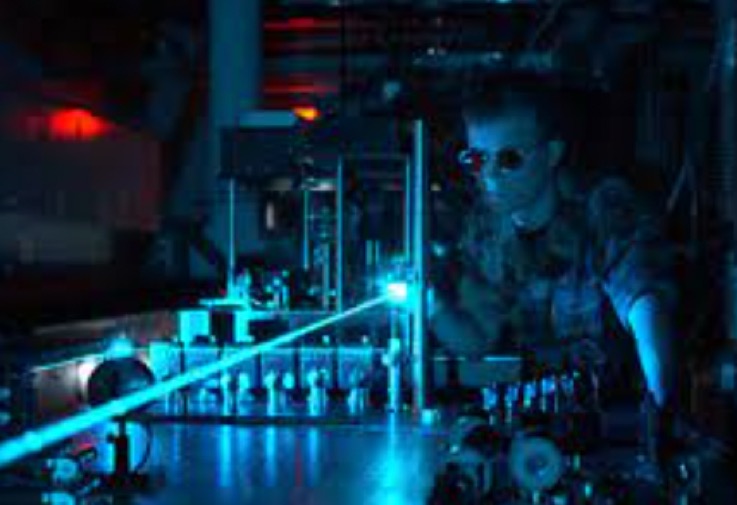In the late 1970s, Howard Rory Johnson, an inventor in Elgin, Illinois, created the “Magnatron” by combining light-activated cold fusion with a new type of magnetic motor. His prototype produced 525 horsepower while only weighing 475 pounds. It was able to propel a large truck or bus 100,000 miles on approximately 17 ounces of deuterium and 1.5 ounces of gallium before needing to be recharged. This was before either Pons and Fleischman or Dr. James Patterson had even entered the field with their own cold-fusion technology. Johnson discovered the light-activated cold fusion element of the Magnatron by accident while working on a new type of electronic circuit using deuterium oxide and gallium.
Howard noticed that the two materials were producing energy on their own and couldn’t figure out what was causing it until he realized it was light. The flow of deuterium in the Magnatron is controlled through magnetic tunnels. When the deuterium comes into contact with the gallium (a heavy metal electron donor), a beam of light from a diffraction prism causes them to fuse. This controlled reaction results in the fusion of two atoms forming a new atom, releasing electricity and powering the magnetic motor. The Magnatron is sealed, but “light” is provided through photon energy produced from coils connected to the motor. It is essentially a pulse-generated system.
A photon is a particle of electromagnetic wave energy shaped like a football. Its energy is a product of its frequency and Planck’s constant. When an electron in orbit around an atom’s nucleus drops to a lower, less energetic orbit, it emits a photon with the energy equivalent to the electron’s energy drop. This is why light and other forms of electromagnetic energy, such as gamma rays and radar, can sometimes be observed as particles and other times as waves. The heated filament of a light bulb is an example of photon production. It is not possible to explain, using current electrical theory, how Johnson’s relatively small motor was able to produce such a large amount of horsepower.
He used his own new electrical-magnetic energy theory involving a process called “attract-attract” to take advantage of the magnetic field. He used the top and bottom rotors in his motor, with the top rotor attracting and releasing, followed by the bottom rotor attracting and releasing. This action, alternating between the upper and lower magnets, used the windings to complete the attract field. Robert Nelson’s compilation of articles about the Magnatron contains more technical information about the Magnatron than what has been provided here. (See http://www.rexresearch.com/magntron/magntron.htm.) Johnson built his prototype Magnatron’s 525-horsepower magnetic motor without any of the hardware currently used in modern electric motors. Conventional motors use the principle of attract-repel, which does not utilize the magnetic field as effectively as the Magnatron. For comparison, a typical 500-horsepower electric motor has wires the size of a garden hose exiting it.
Death
Mr. Johnson died while in good health in his fifties. Allegedly due to a heart attack.
